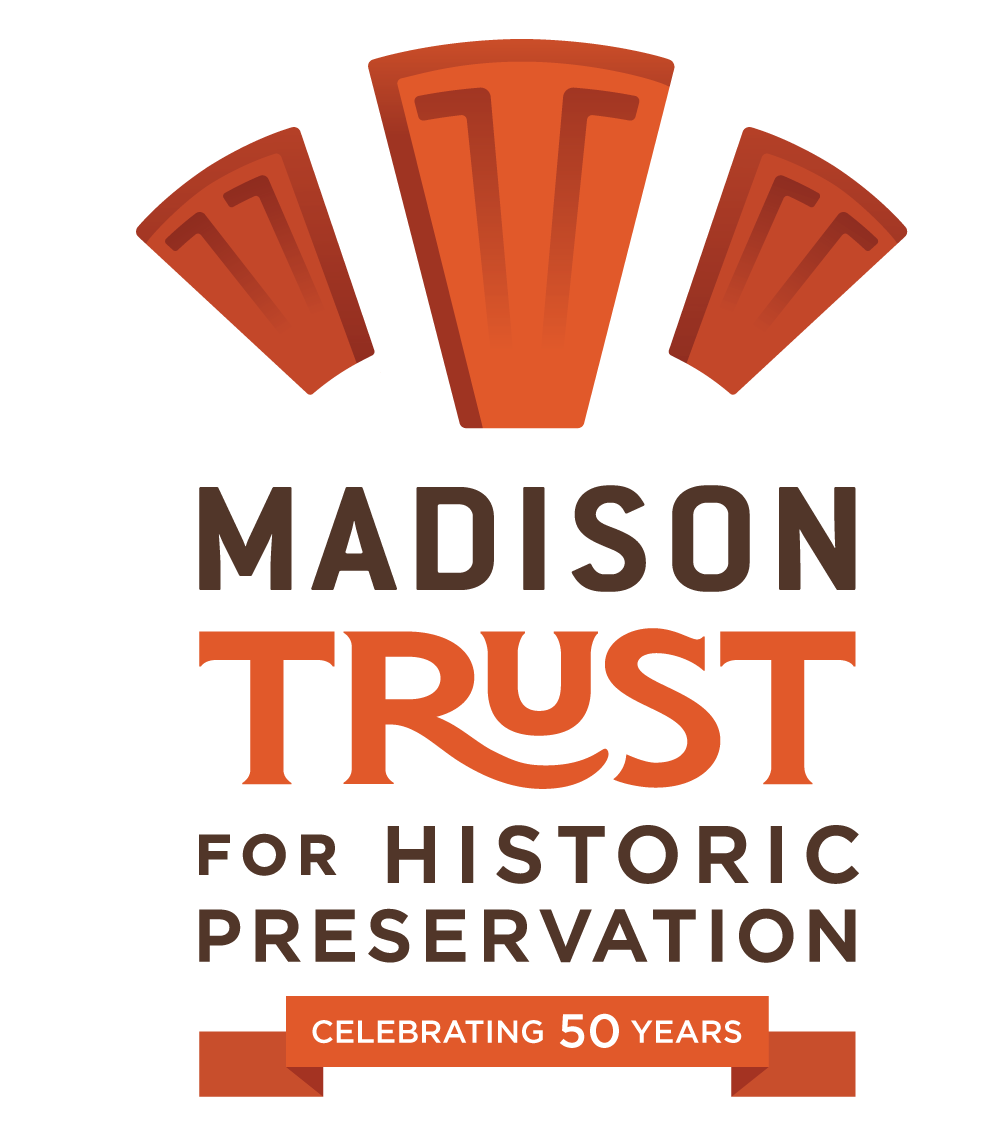Q&A with a Local Preservation Advocate: Jean Parks
By Jennifer Gurske
Jean Parks
What first inspired you to become a preservation advocate?
It all started with a simple 3x5 postcard we received in the mail in late January 2024. It was a notice of a public hearing from the City of Madison's Landmarks Commission about a proposed land division at 1908 Arlington Place, just up the hill from us in the University Heights Historic District. Because our home is within 200 feet of the site, we were notified.
What was your reaction to the proposal?
I was immediately concerned, and I wasn’t alone. Neighbors and local preservationists had just two weeks to organize and respond. We quickly realized we were in for a tough fight. A similar land split had recently been approved at the landmarked Old Spring Tavern (OST) site in Nakoma. Like the OST property, the new owner of 1908 Arlington was listed as an LLC and seemed unlikely to ever reside in the neighborhood. The incentive seemed purely financial: split the lot, build or sell for profit, and move on. A property in University Heights would possibly generate a $400,000-$500,000 profit. Not a bad return for the LLC, but definitely a real cost in the character of a very unique property here on the west edge of the UW-Madison campus.
What actions did you take in response?
The proposed land split inspired my first-ever letter to the Landmarks Commission urging them to reject the division and preserve the lot’s unique setting.
This 125-year-old parcel and home are part of what makes University Heights so special. We would argue that for more than a century the various owners/stewards of this home would list its front yard and view as one of its top assets. We urge the Commission to decline this proposal for a land division. The setting and siting of the home at 1908 Arlington Place surely are unique and should be maintained as part of University Heights’ quirks and charms.
How did the process unfold from there?
I was naive when I wrote that first letter. I soon learned that concerns about the character of a property only apply to land divisions or combinations involving individually designated Landmark sites. When it comes to parcels within a Historic District, the Landmarks Commission focuses on whether a newly created lot maintains the general lot size pattern of the district. Some of my very hardworking neighbors presented strong evidence that a smaller lot wouldn’t fit in with the surrounding area—but unfortunately, city planning staff and the Landmarks Commission did not agree. A certificate of appropriateness of the land division was granted.
Did the community respond after the Commission’s decision?
Yes. A group of us appealed to the Madison Common Council to reverse the decision. Sadly, the appeal was denied. The whole process, from January to March, was an intense learning experience. Many of us felt our voices weren’t truly heard. The public comment periods were limited to just three minutes per person, which didn’t feel adequate for such significant matters.
What was the most frustrating part of the process?
At the Common Council meeting, one alder presented a map with an inaccurate boundary of University Heights. There was no opportunity for the public to correct it. City staff didn’t catch the mistake either. It was a confusing, disappointing moment that highlighted some real flaws in the process.
Do you think the city’s current processes allow for meaningful public input?
Public input is meaningful if it’s studied, debated and well understood by the people who are making the decisions for our city. That’s a big ask for our alders and commission members. They have a lot on their plates and because of this perhaps rely too heavily on staff reports and recommendations. I’m not sure too many voices are heard or if many public concerns are addressed through a staff report.
How did this experience lead you to ongoing advocacy?
Throughout the ordeal, I was so grateful for the support from the Madison Trust for Historic Preservation (MTHP). Their Advocacy Committee members spoke at meetings, wrote letters, and offered guidance. After our appeal was denied, I decided to get more involved and began attending their monthly meetings.
What have you learned since joining the Advocacy Committee?
I’ve been deeply inspired by how closely the Committee monitors proposed changes that affect Madison’s historic properties—whether it’s zoning changes, building demolitions, land splits, or renovations. They also pay attention to properties that aren’t yet protected but may be historically or architecturally significant.
What part of the preservation effort concerns you most now?
I’m particularly worried about older properties that aren’t formally designated as historic but still contribute to Madison’s unique character—and its naturally occurring affordable housing. As more of these are torn down for high-density developments, we risk losing both historic charm and housing diversity.
What does being a preservation advocate mean to you today?
What started with concern for one beautiful old parcel in my neighborhood has grown into a broader commitment to all of Madison’s historic places. Through the MTHP Advocacy Committee, I’ve joined a group of citizen preservationists who are passionate about helping the city grow while also honoring and protecting its past.

